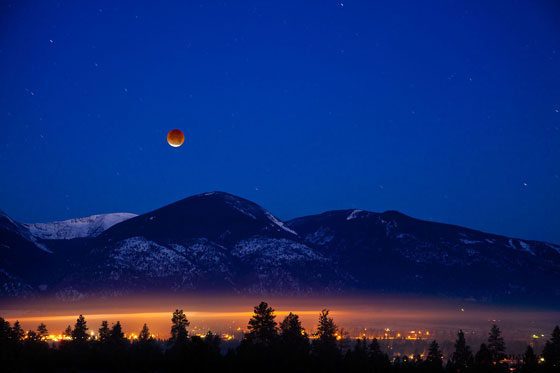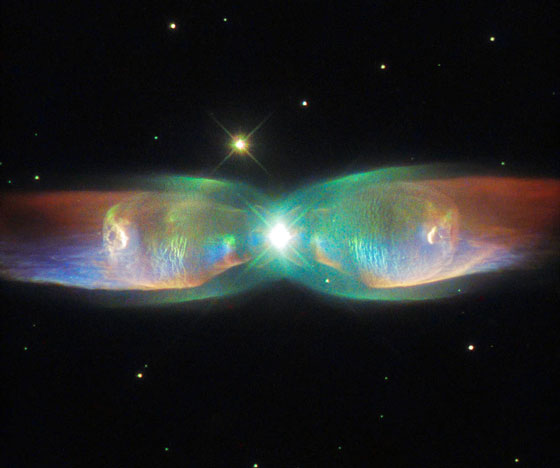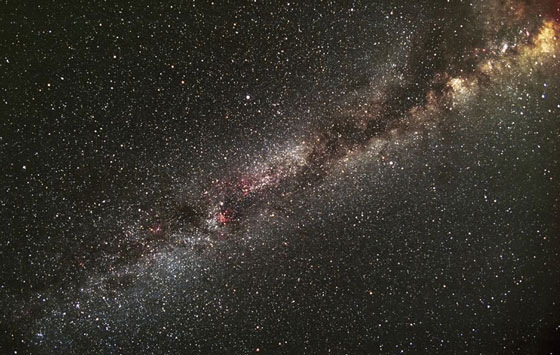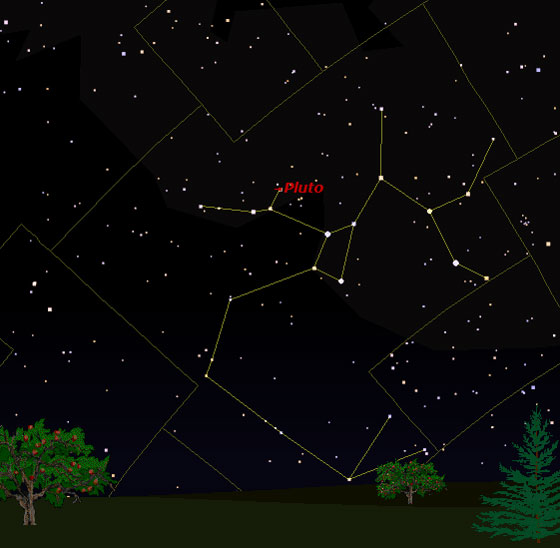The planets Jupiter, Mars and Venus put on quite an impressive display in the eastern sky before sunrise this month! Venus is the bright ‘star’ above the eastern horizon, with bright Jupiter above. Depending on how bright the night sky is in your area, you may also see the red planet Mars between Venus and Jupiter.
-
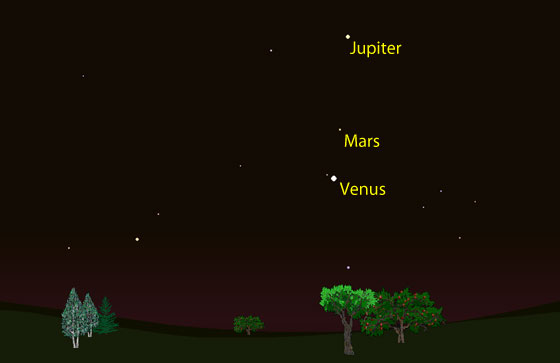
The planets Venus, Mars and Jupiter over the eastern horizon, shortly before sunrise.
Venus and Mars are in the Name A Star Live constellation Virgo, while Jupter lies just inside Leo, the Lion. The dim planets Uranus and Neptune are ‘visible’ in the early evening skies right now. But again, they are dim planets that require a telescope in order to view them. Uranus is in the Name A Star Live contellation Pisces, and Neptune is in Aquarius.
Use the Moon to Find Your Star’s Constellation
Did you know you can use the Moon to help identify constellations (areas of the night sky) like Aries, Taurus and Sagittarius? Follow us on Twitter where we Tweet what constellation the Moon is in each night. (Note that during certain times of the month, the Moon will not appear during the night hours, and so we do not Tweet info about the Moon at those times of the month.)
Finding your star in the night sky
Stars are located within constellations, which are just areas of the night sky. Scorpius, Aries and Taurus are examples of constellations. Your Name A Star Live Star Certificate displays the name of your constellation. Log in to the My Sky section of our website to use our Constellation Calendar to determine if you can see your constellation during the evening hours (between sunset and midnight). Of course, you’ll need a telescope to see your star. But you can see your constellation without the use of a telescope. You can also find your constellation by using our Virtual Planetarium™ astronomy software. A planisphere is another useful device.

